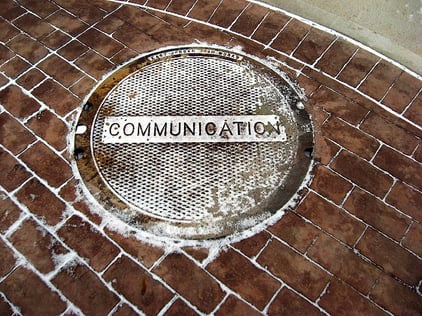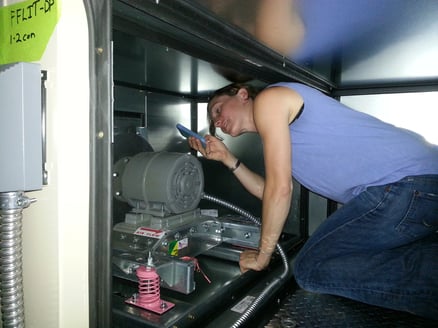Building commissioning has become more common on commercial construction projects over the last few years due to the many benefits the commissioning process offers, and in some cases due to new building codes. During this time owners, architects, engineers, contractors, and construction managers have become more familiar with what commissioning is, and how it affects them. However, it seems that it’s still often unclear to project teams exactly how to integrate the commissioning authority (CxA) and commissioning process into the construction process. I believe the first part of the integration begins with communication between the CxA and the rest of the project team. The importance of communication in the commissioning process cannot be overstated.
Everyone’s Responsibility

Image by Flickr user elycefeliz
It is the responsibility of the CxA to reach an agreement with the project team on a communication protocol. This communication protocol should include how the CxA will be kept up to date on changes in the project that affect any of the systems included in the commissioning scope. Following through on this agreed protocol and keeping the CxA up to date of any changes affecting these systems can help prevent the all too common conversation with the CxA asking, “why did you do this?” and the contractor saying, “it was in the latest drawing set, you haven’t seen it?” These types of conversations can be a waste of time for contractors since they have to take their attention away from what they are doing and answer a question, and the CxA, who needs to seek out a contractor to ask a question that doesn’t need to be asked.
Another part of this communication protocol should include how the CxA is kept up to date on the construction progress. A couple examples of how this could be accomplished include providing and keeping commissioning documentation up to date electronically where it can be viewed by the CxA at any time, or agreeing to a weekly check-in or biweekly check-in with the CxA with an update on construction progress. In any case, agreeing on keeping the CxA in the loop is important because the commissioning process starts before the completion of installation of all the systems to be commissioned. Performing commissioning site visits during installation is important as it can uncover potential issues while they are still relatively easy and cheap to fix.
The $50 Fix vs. the $5,000 Fix

Example:
- 80 heat pumps are to be installed in a building, and the CxA performs a site visit after the first 10 are installed. The CxA is able to do a first-instance verification and finds an installation issue that is common to the first 10. Now this issue only has to be fixed on the first 10 and the next 70 can be installed without that issue being present. Without good communication, the CxA may not be aware of the construction progress until all 80 heat pumps have been installed. Finding the issue after installation of all 80 heat pumps is complete results in changes having to be made to all 80 heat pumps. Also, the change may be more difficult to implement at this point, if other trades have completed work around the heat pumps.


